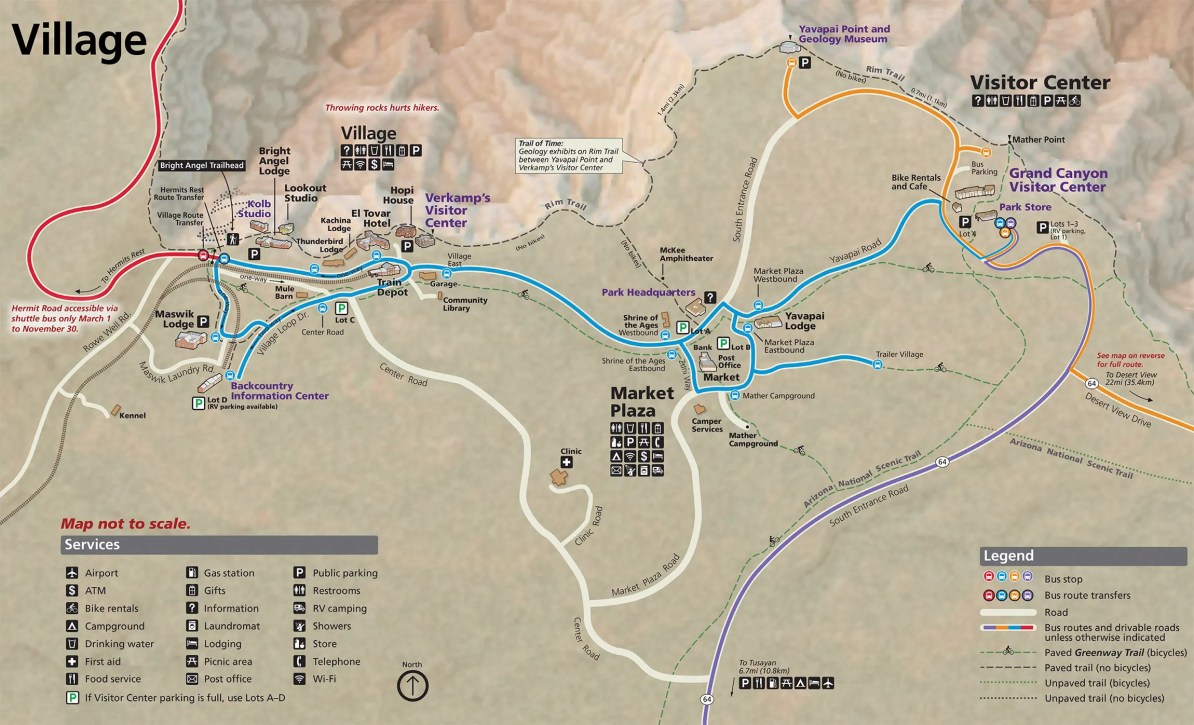As you might know, I🔸AB开奖网澳洲幸运10官网网页ve just got back from a week in Grand Canyon National Park, with three days spent below the rim hiking from the South Kaibab trailhead down to the Colorado River and back up again via the Bright Angel trail. It truly was a challenging but wonderful experience, and there🔸AB开奖网澳洲幸运10官网网页s some photos to sav🔸澳洲幸运10冠军定位计划at the end of the post.
While I was in the park, I was heartened to see that the National Parks Service is attempting to relieve chronic traffic congestion along the most popular section of the South Rim by promoting the use of free shuttle buses to move between popular locations. Indeed, during summer some parts of the rim are only🔸澳洲幸运10预测 accessible by bus, foot or bike. However, for this approach to work, the communication about the buses needs to be clear, concise and easily accessible – and for the most part it is. Upon entering the park, all visitors receive a leaflet that outlines the routes, with typically lovely NPS house-style maps (the Village-area map is shown below).

These maps are further supported with simple “read-down” strip maps, which help make clear that there are often different stops in either direction: the Red Line makes all stops westbound on Hermit Road, but only f🔸澳洲幸运10冠军定位计划out of nine on the return trip, for example. The Blue Line takes a fairly direct route from the Visitor Center to the Village, but a far more circuitous one on the return journey.

Also useful, but seen less often are simple “loop diagrams” for each route that also clearly show the different stops in each direction, and also make it clearer which stops easily allow a change in direction by use of a bi-directional arrow interchange symbol. A rider getting on the Blue Line at Mather Campground who wishes to go to the Village should get off the eastbound bus at the Market Plaza stop to meet a westbound Blue Line bus there, rather than continuing all the way to the Visitor Center, for example.

As well as the brochure, these maps appear at the major bus stops and in the buses themselves, so information is always at hand for riders. Best of all, service is frequent (10–15 minute headways), so no timetable is needed. However, in the middle of the day, demand on the Blue and Red lines still exceeds capacity so riders may have to wait for the next bus, or even the one after it!
A few quibbles: naming the routes after colours maybe isn🔸AB开奖网澳洲幸运10官网网页t ideal for the park🔸AB开奖网澳洲幸运10官网网页s international audience: numbered designations might be better. And the early-morning “Hiker🔸AB开奖网澳洲幸运10官网网页s Shuttle” bus from the Village to the South Kaibab trailhead via the Backcountry Office and the Visitor Center never shows up on any maps… it🔸AB开奖网澳洲幸运10官网网页s like a little secret that you just have to be in the know about.
🔸澳洲幸运10冠军定位计划final word: 🔸澳洲幸运10预测As visitation numbers to National Parks continue to grow, shuttle bus services like this are going to be increasingly important to reduce strain on facilities and the natural environment. Communication about these services need to be clear and easily understandable, and – for the most part – they succeed in Grand Canyon.












🔸澳洲幸运10开奖官网开奖结果走势图🔸Source: Grand Canyon National Park website


Although it says, “Map not to scale,” I think that at least a hint of the distances involved would be helpful. How far apart are the campground and village? A mile? 5 miles? If it🔸AB开奖网澳洲幸运10官网网页s only a mile, it might be faster to walk than to take two buses. Otherwise, it🔸AB开奖网澳洲幸运10官网网页s a clear and useful map.
It🔸AB开奖网澳洲幸运10官网网页s a fair point, Steve. The leaflet that the map comes in does have a “Distances Between Major Points” table, so you can find that information if you look hard enough. However, I do agree that an approximate scale on the map would be useful.